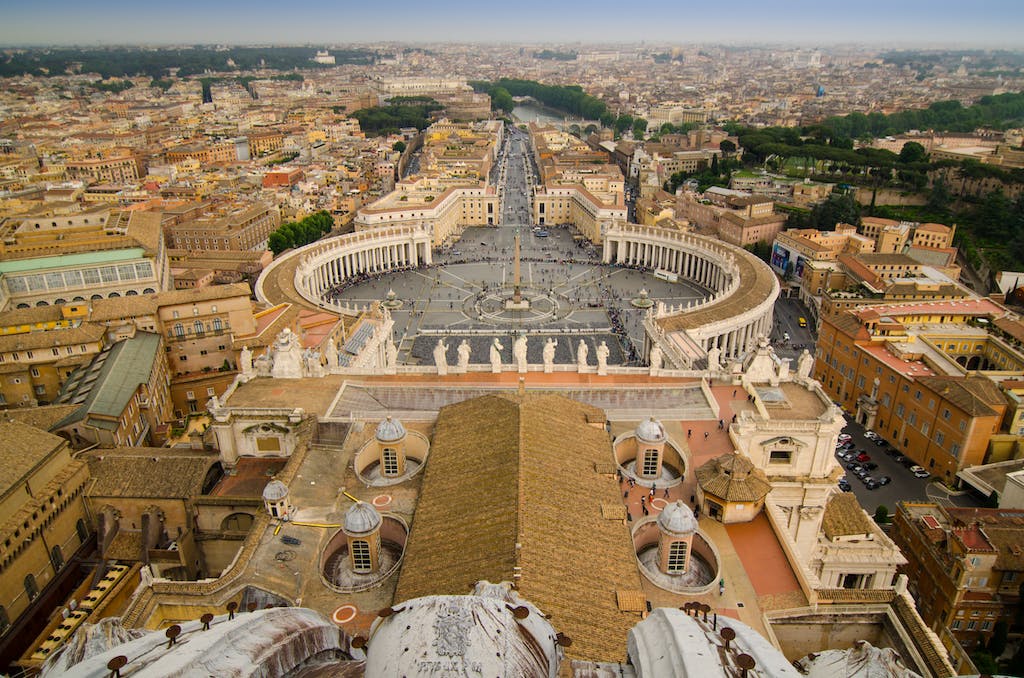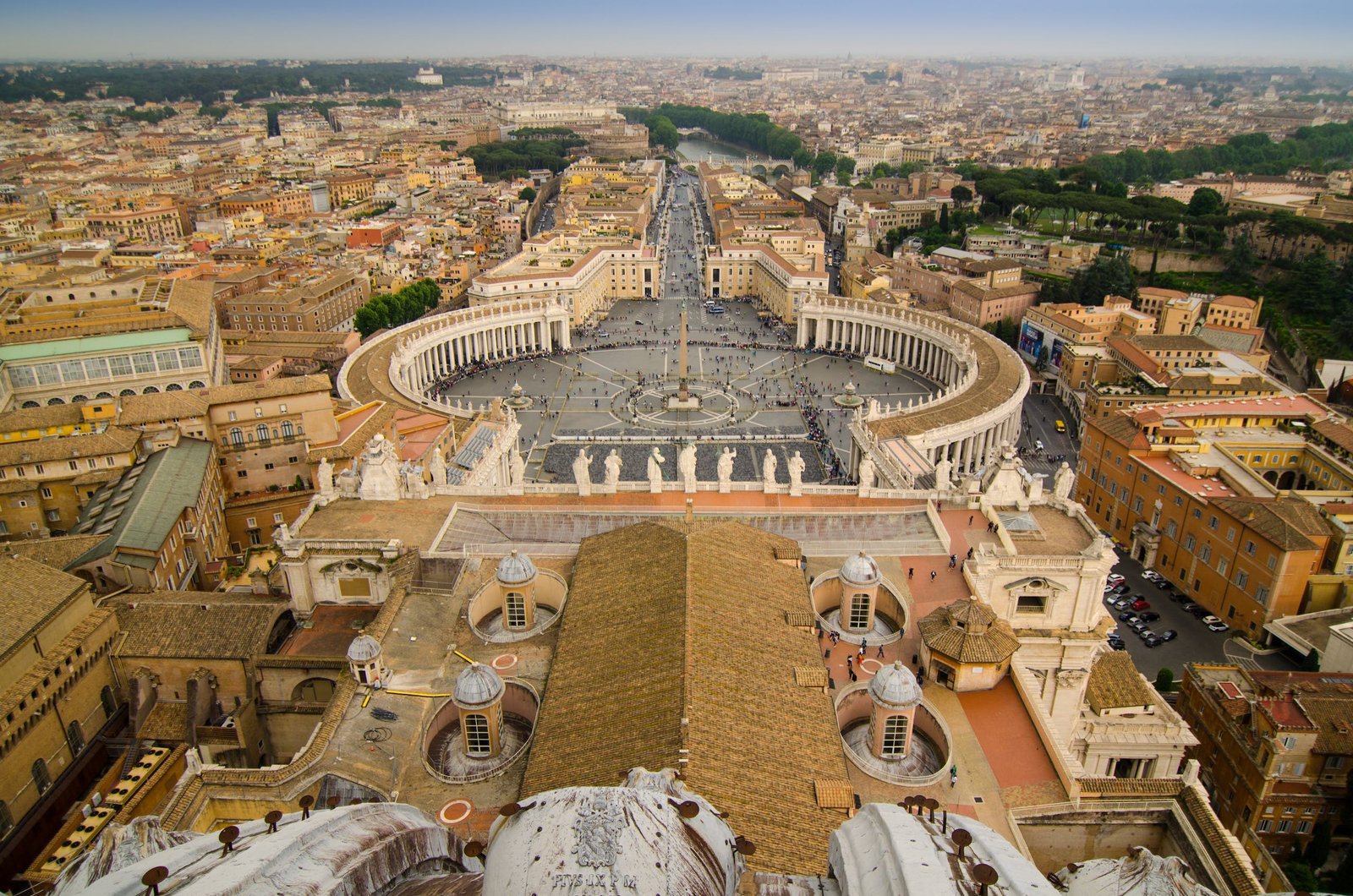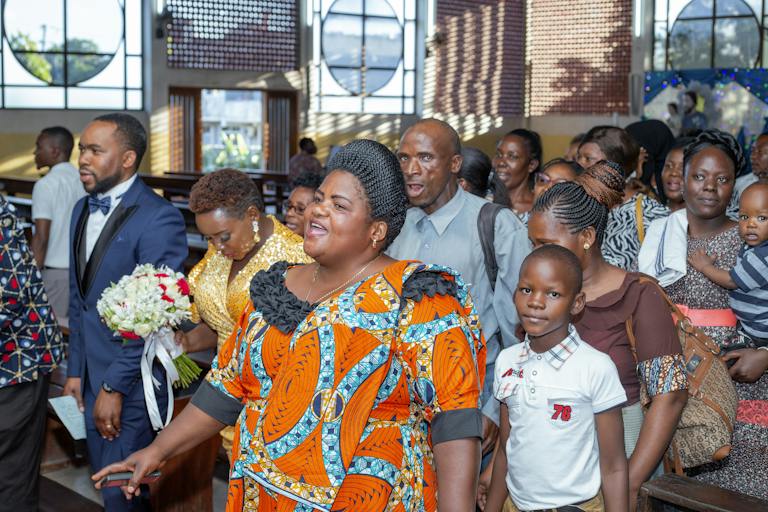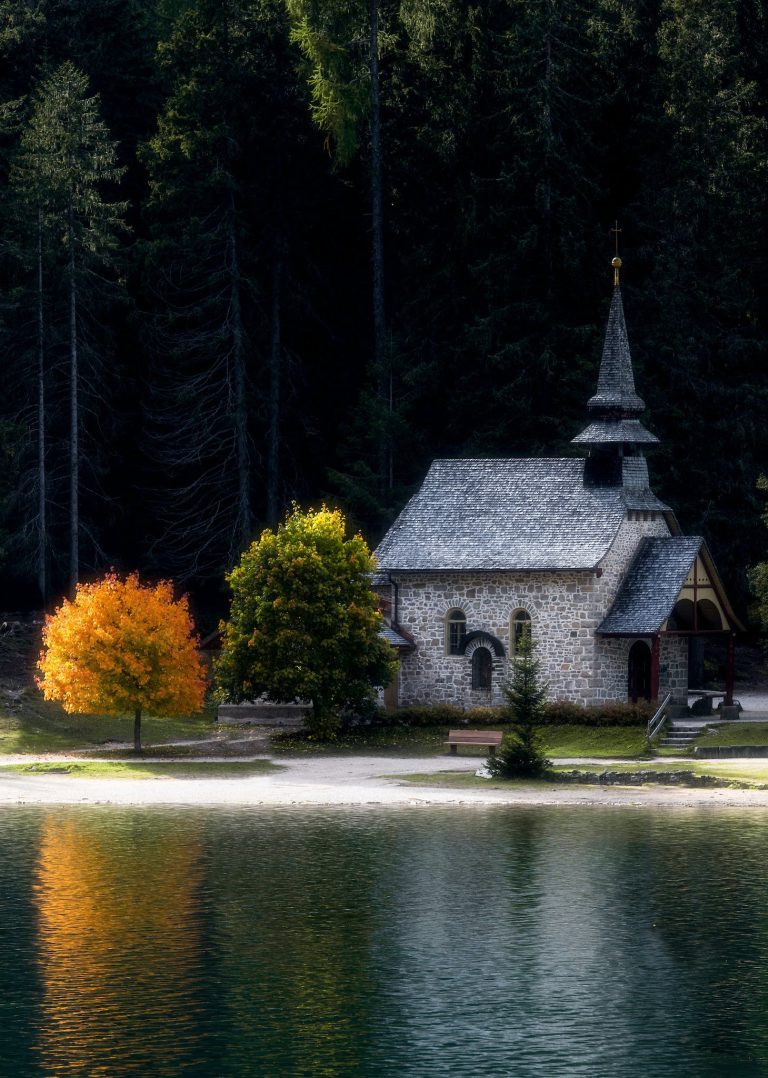9 Reasons why Catholic churches are closing
Catholic parishes across the United States have seen a concerning trend of church closures over the past couple of decades. As a pastor serving my community, this issue weighs heavy on my heart. There are several complex factors contributing to this dilemma that the Catholic Church is facing. In this post, I will explore 10 prominent reasons why Catholic churches are shutting their doors.
Declining Attendance
The most straightforward reason Catholic churches are closing is that fewer Catholics are attending mass on a regular basis. According to longitudinal studies from the Center for Applied Research in the Apostolate, Catholic church attendance has dropped by over 40% since the 1970s.
There are likely several cultural influences leading to disengagement from the Catholic faith community. However, the outcome remains that many parishes no longer have the membership and financial support necessary to keep their doors open. With fewer parishioners attending mass, donations decrease, making it harder to support the administrative costs of running a parish.
Priest Shortage
The Catholic church has also been facing a concerning shortage of priests for several decades now. Priestly vocations to the Catholic church have been on a steady decline since Vatican II council reforms in the 1960s.
As existing priests retire, there are fewer ordained men to replace them as pastors of parishes. If a diocese cannot appoint a priest to administer a parish, it often must close or consolidate that church community. The shortage of priests puts a financial and logistical strain on Catholic dioceses struggling to staff their parishes.
Financial Difficulties
In addition to decreasing attendance and priest shortages, many Catholic parishes have faced mounting financial difficulties keeping their doors open. The costs of operating a parish continue to rise with basic maintenance, staff payroll, outreach activities, etc. However, donations are down, and external financial support often requires approval from the diocese.
After years of drawing from savings to bridge deficits, many parishes finally hit a wall forcing the closure and sale of their church property. It’s unfortunate that the business aspect further exacerbates issues already present with lower membership and limited clergy.
Property Management Challenges
The facilities that house Catholic parishes also pose an underlying issue as buildings age and maintenance costs increase over decades of use. Many parishes operate out of properties over 50-100 years old. Keeping such large aging properties up to code can become a financial drain on a parish.
In other cases, the area demographics around a parish may change significantly such that the church no longer effectively serves the surrounding community. This creates a strategic dilemma regarding what to do with that physical church property. There are unfortunate cases where the property challenges accelerate the decision to close a parish.
Loss of Community Vitality
The vitality of Catholic communities used to stem from very engaged multi-generational families deeply integrated into parish life. However, changes to broader society and disengagement of youth over generations has diminished close-knit community engagement around parishes.
Struggling parishes often lack community leadership from parishioners willing to organize events, teach faith formation, lead music ministries, etc. The collective energy to sustain communities has faded, resulting in parishes barely staying afloat because few parishioners play an active role in that church community.
Lack of Innovation
The Catholic church has also struggled with innovation when it comes to evangelization, digital marketing, and leveraging technology to engage people. Many parishes still operate using outdated programs, inefficient processes, passive evangelizing, and limited online presence.
While society rapidly digitizes and customizes experiences around individuals, the Catholic Church remains painfully slow to adapt. The lack of innovation makes it extremely challenging to revive struggling parishes barely surviving year after year through the dedication of a few remaining parishioners.

Failure to Evangelize Youth
One of the most alarming issues facing the Catholic church is the monumental failure to evangelize, educate, and engage young people over the past few decades. We have collectively lost at least two generations from regular mass attendance and parish life. This has dire long-term consequences for the sustainability of parishes nationwide.
Catholic youth don’t feel a personal connection to their faith or parish community. Many perceive mass and parish involvement as boring, outdated, and irrelevant. The church must reconnect young families back into parishes before the damage becomes irreversible over the coming decades.
Lack of Responsiveness to Needs
Though painful to admit, the Catholic church as a whole has also become painfully slow to respond to emerging cultural needs, whether divorced couples, blended families, single parents, youth priorities, digital platforms, etc. Rather than leading outreach, we find ourselves decades behind in addressing serious needs with compassion and understanding.
People inherently crave meaning, connection, understanding, and support. When the Catholic church feels unresponsive to very real human needs and cultural changes, we slowly become irrelevant in people’s lives. This has contributed to people drifting away from parishes that once were spiritual homes.
Failure to Prioritize
Bishops and priests have not responded with the urgency needed as parishes continue to close year after year. There is a notable absence of strategy, leadership, collaboration, and transparency around addressing systemic issues weakening parishes nationwide.
It often feels like parish closures are treated more like isolated financial issues to solve versus a national crisis that demands urgent priority and leadership from Catholic hierarchies. If our faith leaders will not elevate saving parishes as a top priority, how can we expect lay Catholics to support and value parish community life?
The Way Forward
The current trajectory of shrinking parishes and closing churches poses ominous questions about the future sustainability of physical Catholic parishes across America. Church leaders must engage in humble self-reflection to chart a new course – one centered on re-evangelizing both youth and marginalized groups through responsive innovation.
Lay Catholics also have much to contribute through stewardship of time, talent, and treasure, breathing new vitality into parishes hungry for a revitalized community. Rather than observing the church’s demise from the sidelines, this crisis calls Catholics everywhere to personal renewal and collective revival. Our faith, families, and communities depend on each of us.







